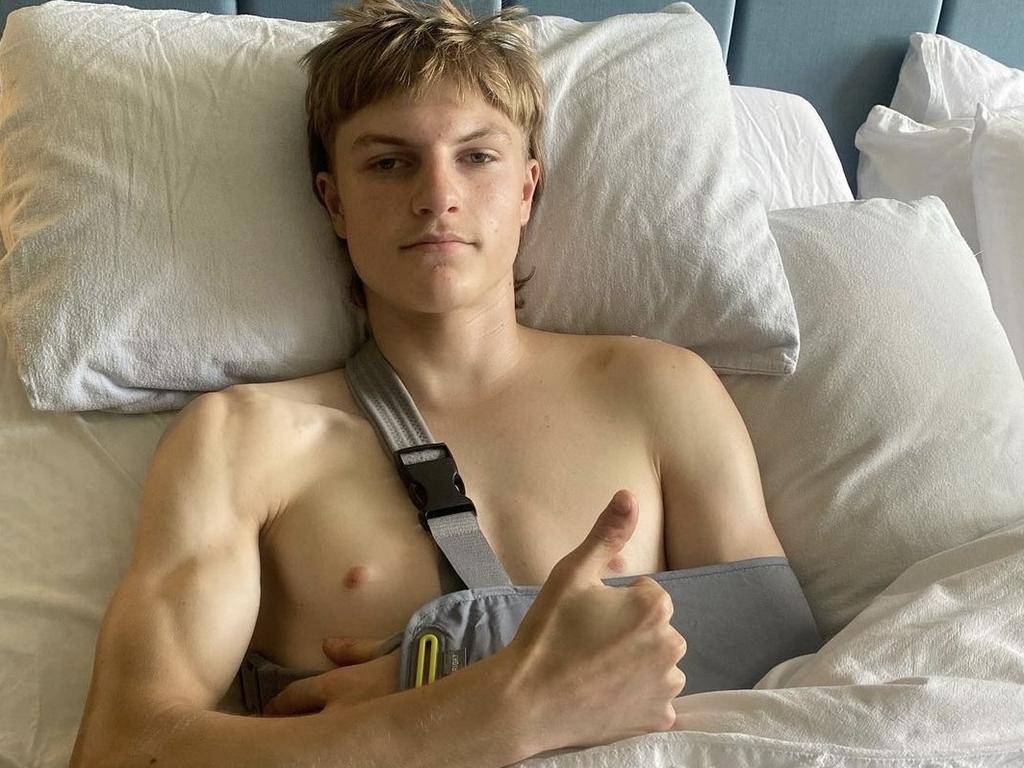‘Catastrophic’ hospital blunders led to toddler’s death
Harrowing pictures show how a happy toddler deteriorated after he was sent away by a hospital when a simple antibiotic would have saved his life.
Victoria
Don't miss out on the headlines from Victoria. Followed categories will be added to My News.
This is the moment little Noah Souvatzis – fevered, vomiting, unable to support his head and with a developing rash – was discharged from Wangaratta hospital.
Just two days later, he died of meningitis, a disease which could have been treated with a simple antibiotic.
Noah’s devastated parents, Ben and Steph, say a series of catastrophic hospital blunders led to Noah’s “totally avoidable” death, but an investigation into the tragedy has been a “whitewash”.
The Diamond Creek family has released harrowing pictures which chronicle the 19-month-old’s deterioration in the hope of securing justice for their only child.
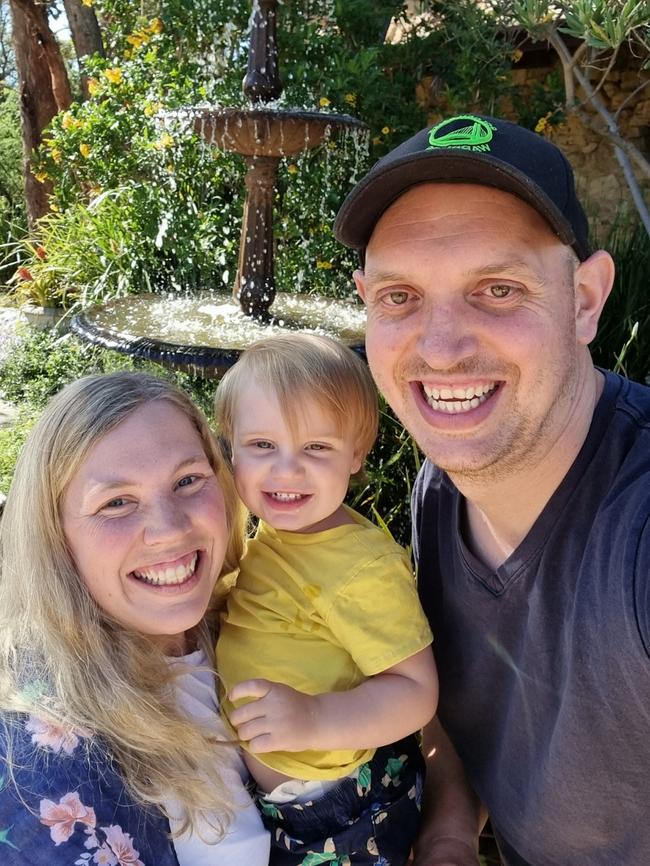
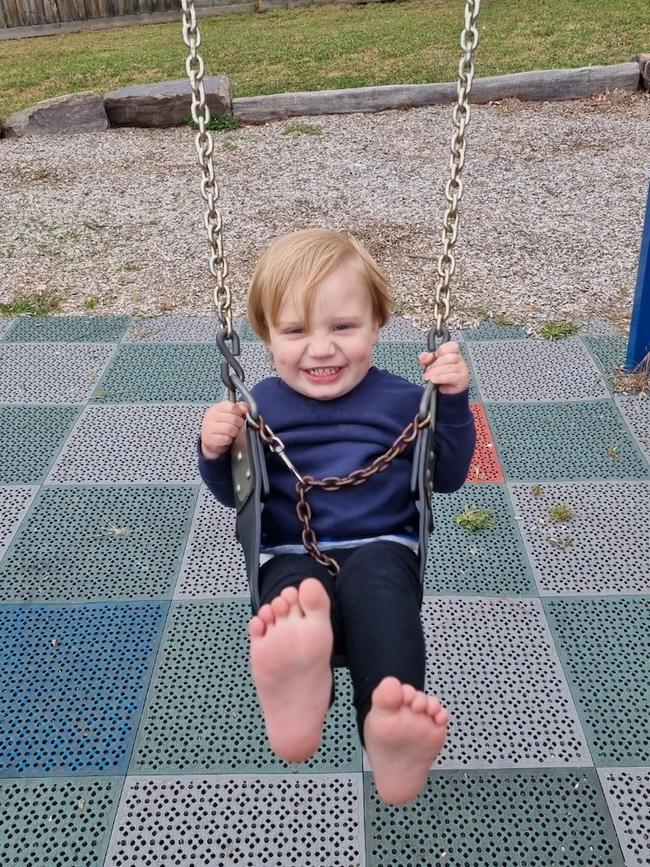
Statewide hospital guidelines dictate doctors should immediately give medication to anyone showing signs of meningitis and blood tests must be taken.
But neither was done by locum doctor Paul Bumford – on his first shift at Northeast Health Wangaratta hospital – who also ordered Noah be discharged after a brief examination of the toddler last December.
“Noah wanted to live more than anyone but it felt like everyone was conspiring to kill my son due to incompetence,” Ben said.
“Their mistakes have destroyed our world. We went from being the happiest parents in the world, to not being a parent anymore. It’s excruciating. Your whole identity is gone.
“It’s debilitating. You think of all the good times but then everything in the future is tainted because Noah’s not going to be there. His whole life was stolen from him.”
Noah – nicknamed Shanky because his legs looked like little lamb shanks – loved playing with his parents, going for walks and feeding the ducks.
“He loved animals, being outside and playing on the swings. He had a bunny he took everywhere called Bunbun. He loved music and dancing to the Wiggles and he was the most gentle child.
“His whole life was Covid lockdowns and we were so excited for this year because the state was finally opening up and we could take him out to places.
“Noah was a beautiful little boy and I want him to be remembered for being Noah, not just a statistic of another child dying due to medical negligence. I want people to know Noah and what we’ve lost.”
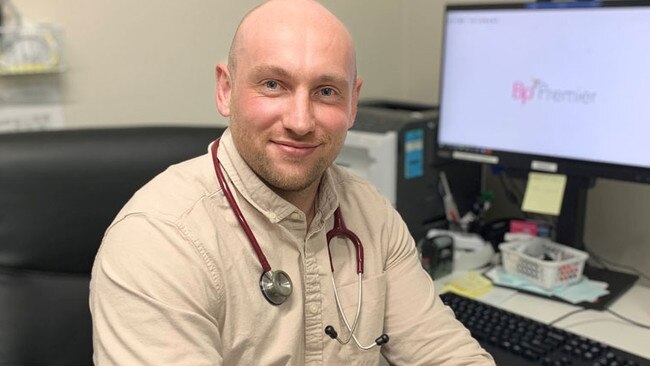
The family’s timeline to tragedy began while they were visiting relatives in Myrtleford just after Christmas last year, when Noah became lethargic, developed a high temperature and began vomiting.
They took him to Alpine Health Myrtleford Hospital, but staff told them that due to the seriousness of Noah’s condition they should go to Northeast Health Wangaratta hospital.
An ambulance couldn’t be reached so they were directed to drive themselves.
A doctor told Ben and Steph she would call ahead and warn the hospital of “a really sick child coming who needs to see a paediatrician”.
The parents were later told that the message was taken but not passed on to the right people in the emergency department at Wangaratta hospital.
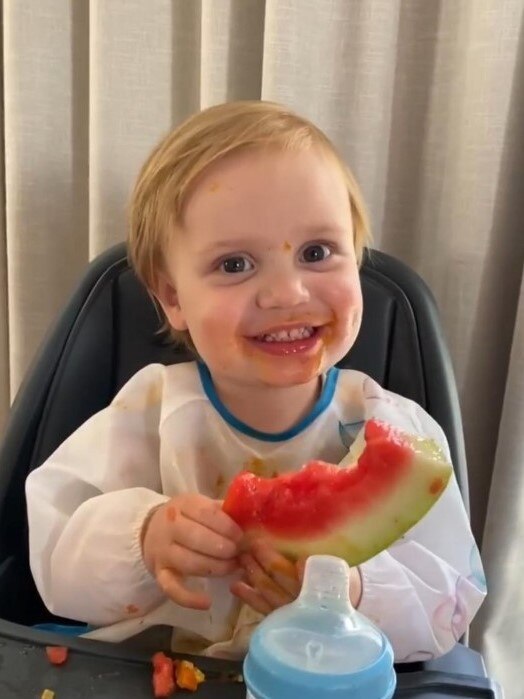
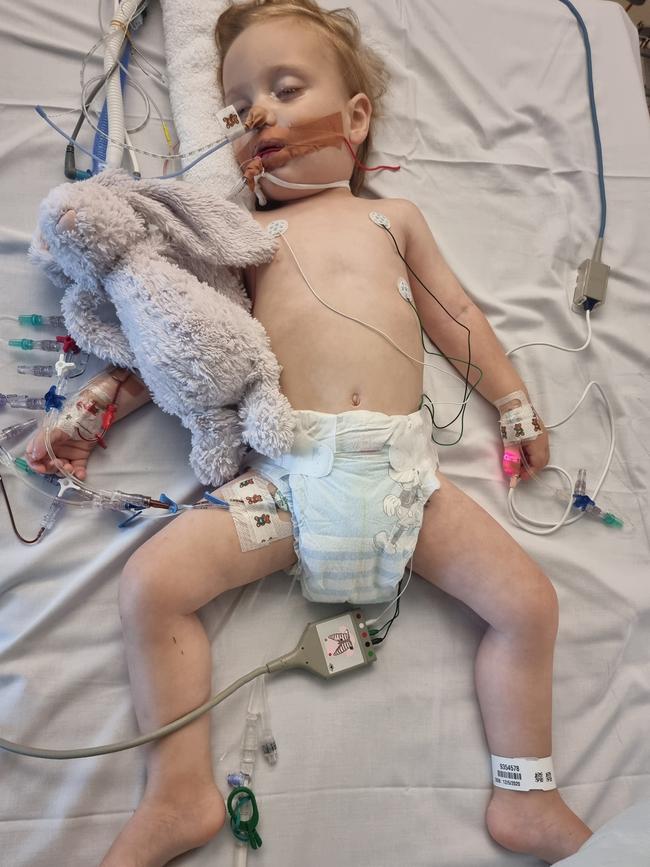
A nurse designated Noah as being a “triage category two”, meaning he needed urgent help.
But Steph said: “When we got to see the doctor he said Noah had ‘perked up’, but the doctor clearly didn’t have the same concerns as the nurse, which was extremely alarming”.
Ben added: “It’s not a disease that’s untreatable. It has been made extremely clear that with the correct initial sepsis assessment and treatment of antibiotics when Noah first presented at Wangaratta he would be with us today. Arriving at that hospital and having that doctor sealed Noah’s fate.
“We did everything we could as parents but what we did wrong was trust medical professionals in an emergency department to make the right calls. Negligence was the only reason he passed away, but no one is willing to say it on the record.”
After Noah was discharged from Wangaratta hospital, his anxious parents drove half an hour to Benalla, away from their family but close to another emergency care centre.
“By the time we got to the hotel in Benalla, Noah was so sick, we had to take him straight to the hospital,” Ben said.
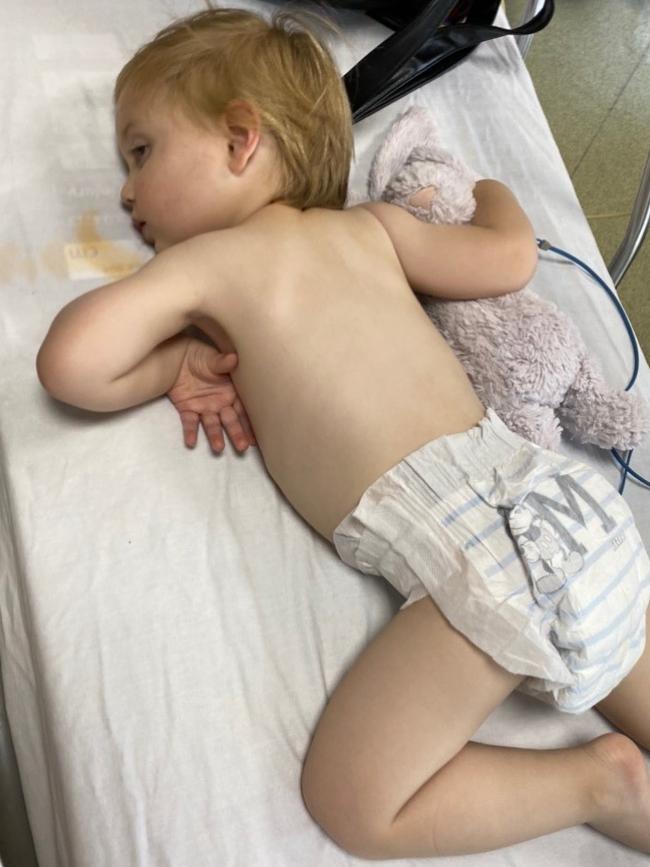
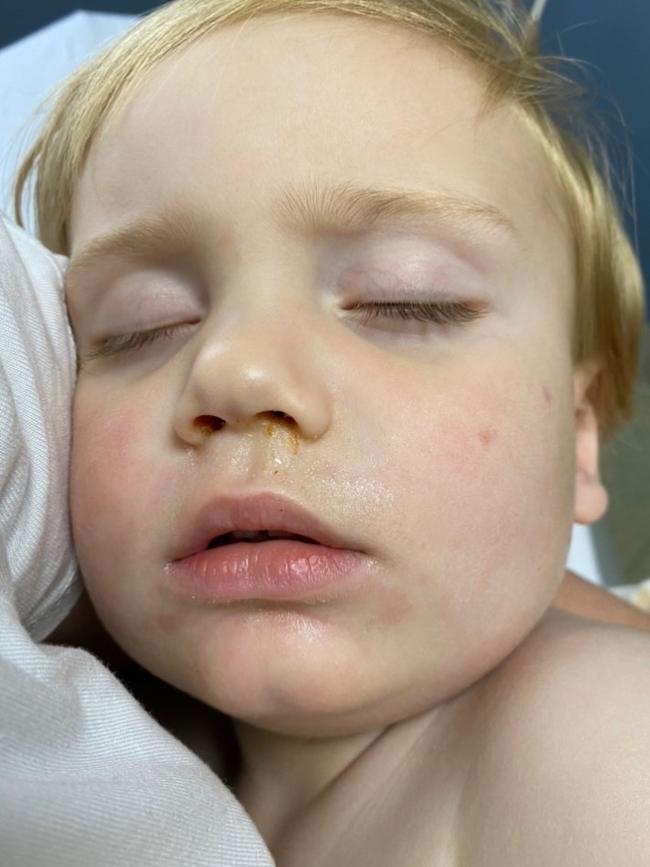
The centre requested an on-call doctor attend and he immediately called the Paediatric Infant Perinatal Emergency Retrieval (PIPER) team at the Royal Children’s Hospital.
But the RCH operator didn’t deploy the specialists to Noah.
“The PIPER team admit they made mistakes. We’ve had a meeting with them and they said ‘yes, listening back to all the recordings, we made some serious mistakes’. PIPER are meant to be the top guns but they can’t say why they didn’t pick up on the doctor’s concerns and deploy the team immediately … They just do not know why they didn’t send, as it was clear on the call she was saying all the right things and they made the decision not to deploy the plane,” Steph said.
Ben and Steph were left with no option but to return to the Wangaratta hospital – a place they dreaded from their first experience.
“We pleaded not to go there. We were not listened to there. We begged for treatment there but they turned us away. But there was nowhere else to go. We were devastated,” Steph said.
Ben said while travelling in the ambulance with Noah back to Wangaratta, the child was having seizures.
“You could see them, it was repetitive. But the paramedic was trying to convince me it was muscle spasms due to him being tired. He refused to give him seizure medication and when I said I didn’t want to go to Wangaratta he said, ‘don’t worry, nothing motivates people like a lawsuit’.”
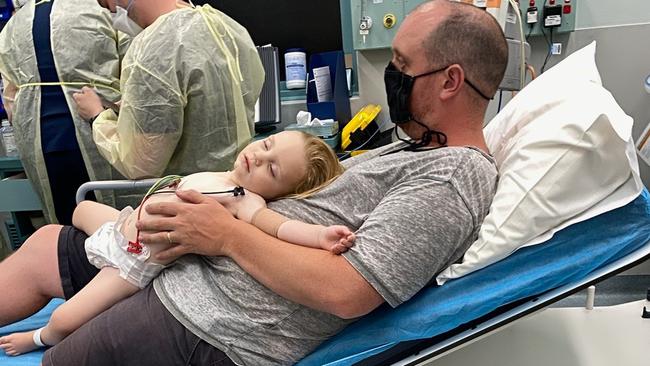
Back at Wangaratta, a brain scan was done, but it took 45 minutes to an hour for the hospital to call PIPER again.
“Finally we got to see a paediatrician but she said the scan looked good and that we might be overreacting. She said Noah might be in hospital for two weeks,” Steph said.
“Then all of a sudden, they were talking about him needing to be intubated – for a machine to breathe for him – but it felt like they kept avoiding this due to waiting for the PIPER team to perform the procedure. We were told later that early intubation may have slowed the progression of Noah’s condition.”
Within minutes of the PIPER arriving at the hospital, Noah’s condition plummeted.
“They were doing a handover in the office and that’s when his vitals started dropping and all the machines started beeping,” Steph added.
Ben and Steph were not allowed in the plane to the Royal Children’s Hospital and they, with their extended family, travelled in convoy back to Melbourne.
Steph said: “I just remember looking up at the sky and being like, ‘come on bubba, you can do it, hold on’.
“When we drove past Essendon Airport and saw the plane, we thought we were nearly there, we had nearly made it. The last conversation we had was that he had a virus and might be in hospital for a couple of weeks. We knew he would be intubated, but we believed that we’d see him and spend some time with him and everything would be OK.
“But we got into a room and they sat us down and we just knew. They said his brain had died and they were just keeping him alive.”
Ben added: “We couldn’t believe it. We just cried. I just felt so helpless. And even in that moment, you just concentrate on all the mistakes that were made, what they did, and thinking what we should have done. It just hits you all at once that you’ll never see him again.”
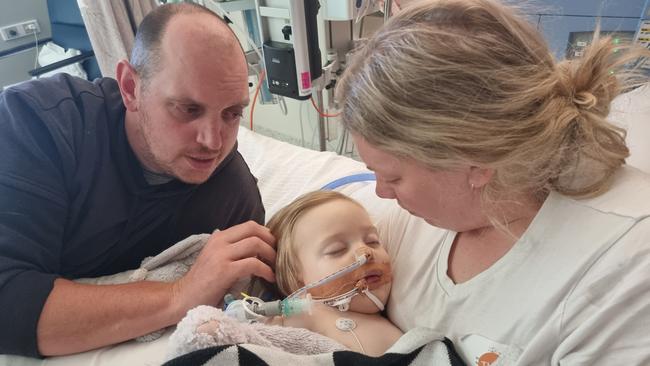
A Safer Care Victoria investigation made several recommendations, but did not hold anyone responsible.
“It’s completely unacceptable,” Steph said.
“There’s a doctor who has not picked up on the symptoms, not given antibiotics, not done blood tests, has sent Noah away despite how he looked and our protests and the report actually states this directly led to Noah’s death, but no one is held accountable? It doesn’t make sense.
“In a meeting with Wangaratta hospital and Safer Care Victoria they said they need to provide doctors with an induction where they learn hospital policies. They also said any new doctor will now be shadowed for two or three patients to see if they are suitable to stay on the floor of emergency.
“We live in Victoria, we should be able to walk into any emergency department and be provided with a doctor that has the skills and capacity to identify how sick our son was.”
Steph added: “I have no regrets about how hard I tried to get them to listen. Only now am I aware that a rash is a huge sign for meningitis, a high-pitched groan, unable to hold themselves up, vomiting, fever. I wasn’t aware then, but I made them aware of each and every symptom at the time and they still didn’t think to do a blood test. The only thing Dr Bumford did was look in his throat and ears and take his temperature.”
Ben said: “He was discharged from hospital looking worse than when he went in”.
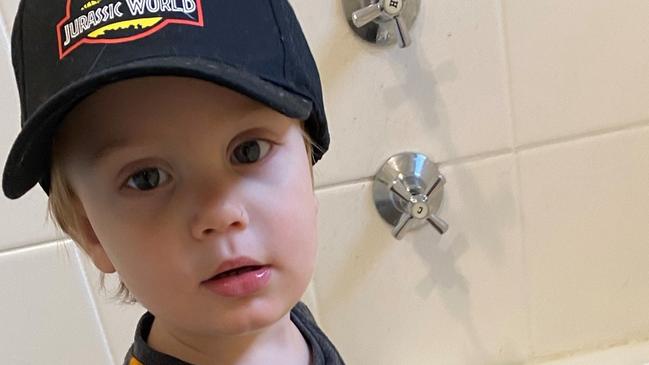
Noah donated his two kidneys, his liver and his heart to those in need.
“Noah loved to share. Every time he ate he wanted you to have something. So our immediate thought was to give him the opportunity to give one last gift of being an organ donor,” Steph said.
Ben and Steph, who were both teachers, have been unable to return to the profession and are both seeing psychologists.
The parents are also concerned other hospitals do not have to make the same changes and highlight there could be hundreds more doctors failing across the state.
Steph said: “The whole thing is they never want to acknowledge it was the doctor who didn’t do the right thing. And they claim from the point Noah left Wangaratta the first time, nothing would have changed the outcome. So they don’t want to engage in conversation about how poorly things went after that.
“But that hurts because we went through so much trauma and they won’t recognise that.”
A separate investigation into Dr Bumford, by the Australian Health Practitioner Regulation Authority (AHPRA), cleared him but it never consulted with Ben and Steph through its process.
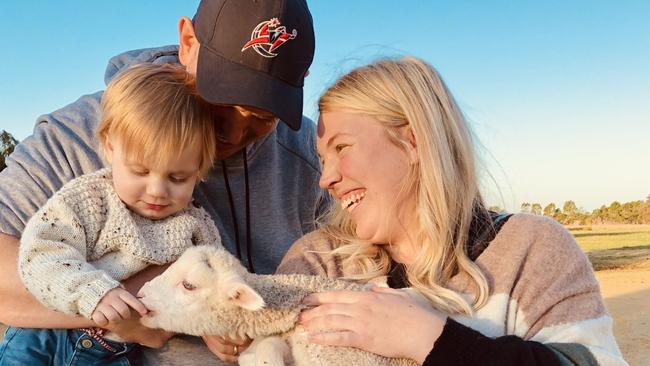
“Because the doctor went away and did a training course on meningitis it was deemed he was not a danger to anyone in the future, so there were no consequences, no disciplinary action.
Ben added: “Why are medical professionals allowed to make fatal errors but continue to work after totally destroying our whole world?”
Steph said: “Not once have we felt like they thought about Noah as a little boy. It’s all about saving themselves and trying to find excuses and loopholes.
“How are we meant to heal? We watched our little boy in excruciating pain and die in front of us when all that was given to him was Panadol and a hydrolyte and told to go home.
“We are fighting for justice for Noah.”
Ben and Steph have appealed both the AHPRA report and the Safer Care Victoria report and have since contacted the Health Complaints Commissioner for help.
Noah’s death has also been recorded as a “sentinel event” and been reported to the coroner for a coronial inquest.
A sentinel event means there were “serious clinical incidents that have caused or could have caused serious harm or death of a patient”.
A Northeast Health Wangaratta hospital spokesman said patient safety is its “No.1 priority.”
“Our thoughts and deepest condolences are with Noah’s family with whom we have recently met. We always work to improve our processes so each and every patient that comes into our care gets the very best service.”

